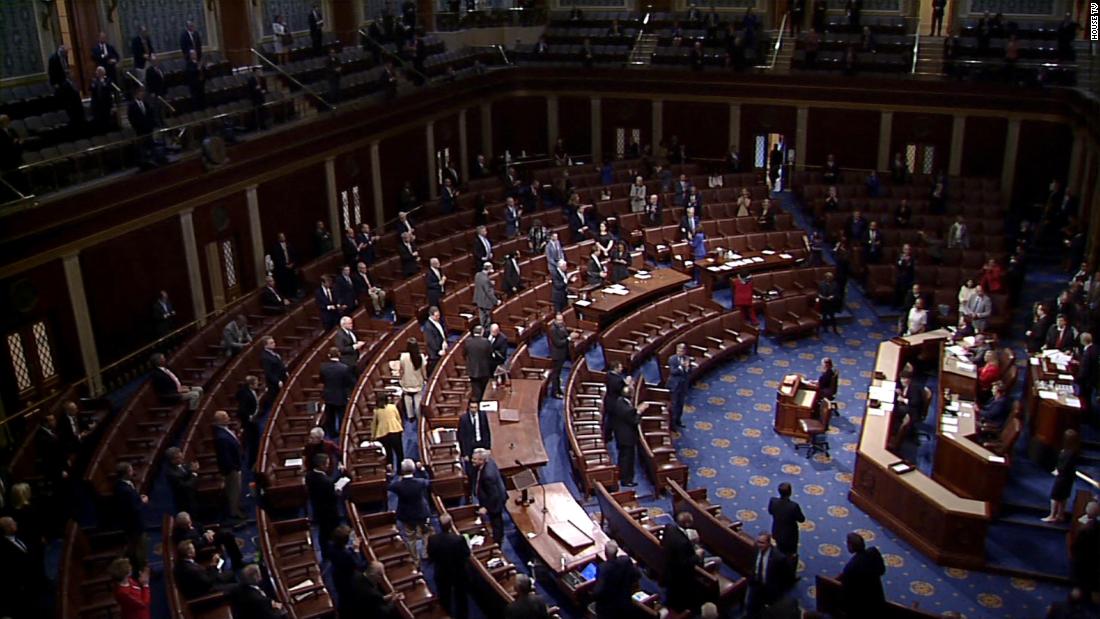And yet the more things change, the more they stay the same.
Thanks to a stunning new report from the
New York Times, which has been relentless on the tax beat during the Trump administration, we’ve learned that a provision has been included in the 880-page coronavirus stimulus bill to help the very wealthy in a way that is breathtaking in its scope and detail.
It is worth taking a minute — many of us have more of those now in our quarantined states — to explain.
When individuals buy real estate, even if they do so using loans or other people’s money, they can
“depreciate” — or write off, over time — the cost of the physical property on their taxes. Suppose, for example, that a taxpayer bought a $2 million building as an investment. He would be able to deduct, or subtract from his taxes, something like $100,000 a year for 20 years to defray the costs of buying and improving the property. The taxpayer would be able to take these deductions even if the building were going
up in value. This is why Donald Trump
loves depreciation, as he told the nation during a presidential debate in 2016 —
it’s one of many ways he avoided paying millions in taxes. Such love seems to runs in the family:
Jared Kushner has utilized tax depreciation, too.
Now here is what changed in the historic $2 trillion stimulus bill. Previously, if a married couple had depreciation deductions that exceeded their real estate business income, the couple could claim that “loss” to write off taxes on a maximum of $500,000 in income from other sources, like wages from a day job.
Under the change, our rich taxpayer couple — and this applies only for individuals, not corporations — can now deduct an unlimited amount of “excess losses” in real estate against income from other sources. So now real estate moguls with lucrative day jobs or bountiful capital gains from other investments can go back to living tax-free, the
Kushner way, before limits were put in place as part of the 2017 tax reform bill.
It gets worse, if that’s possible. The change applies to this year — and retroactively to 2019 and 2018. This means rich people can file amended returns now, and get refunds of perhaps millions of dollars, sooner than we can produce the number of
ventilators we might need for the coronavirus crisis.
Let’s pause for a moment to review: The new relief provision only benefits those who can list more than $500,000 in excess business losses — typically artificial losses from depreciation that have more than wiped out their business income on paper — AND more than $500,000 in other income from wages or other sources now that the cap on the tax break has been removed. Pity such people in a time of pandemic? Congress did.
Who are they? The Times and other accounts refer to this category as the “top 1%” of taxpayers, according to Internal Revenue Service data. These are people who are likely making millions, writing off millions more in paper real estate losses, all the while really hating the taxes they must pay.
I, personally, do not know any such people, and I suspect few readers do. But I have a hunch that some of them could have been found at Mar-a-Lago, where perhaps a piano played “As Time Goes By” while a record number of Americans across the country
file for unemployment.


